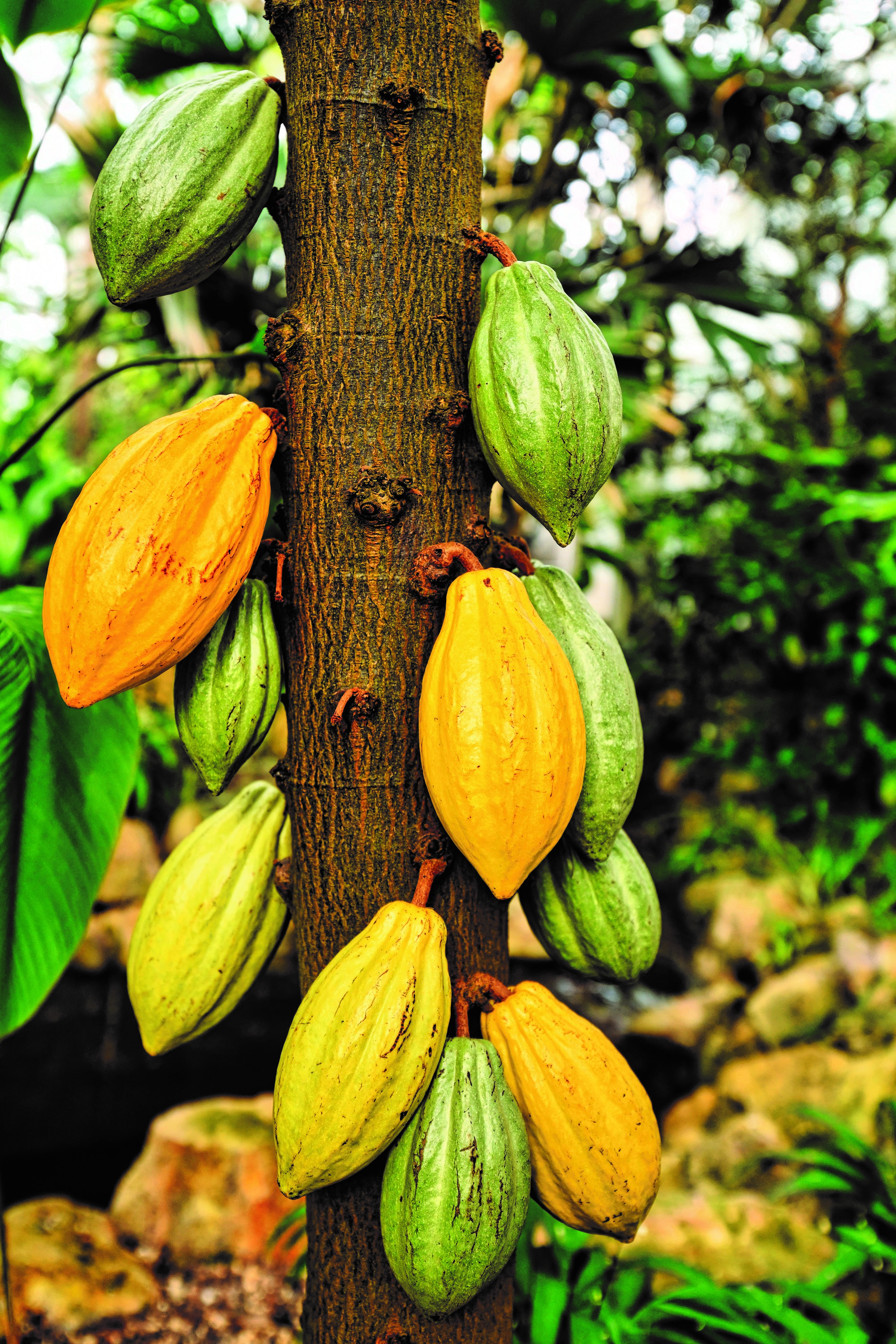Reuse of cocoa for the cosmetics industry is the highlight of a project between Brazil and Germany
The fruits of the cacao tree are vulnerable to pests. To reduce crop losses, Fraunhofer researchers are seeking out opportunities to make use of damaged beans.
Where can cocoa that hasn't been used to make chocolate be put to good use?
Every year, some 20 percent of the worldwide cacao harvest falls victim to harmful fungi, viruses or bacteria. Diseased fruit is either disposed of by the cacao farmers or mixed into healthy fruit, which reduces the quality of the cacao and the chocolate made from it. The Fraunhofer IVV has joined a German-Brazilian consortium to find alternative uses for these supposed rejects.
The Damaged Beans project is primarily targeting the cosmetics industry. Fungal diseases alter the melting properties of cocoa butter, which is also used in personal care products. It softens at room and body temperature. While this is not ideal for chocolate production, it is an advantage in cosmetic applications.
Changes in the composition of amino acids and proteins in damaged cacao beans also enhance their gelling and thickening properties, so these fruits could replace environmentally damaging acrylates in cosmetic products, for example.

Cocoa tree reaction and project funding
The cacao tree reacts to microbial attacks by generating more secondary plant materials with antioxidant and antimicrobial properties, which can in turn boost the stability and shelf life of creams, shampoos and similar products.
This project, funded by the German Federal Ministry for Economic Affairs and Energy, aims not only to save damaged cacao beans from the trash, but also to improve the circumstances of cacao farmers worldwide by providing opportunities for new applications. It will also broaden the portfolio of sustainable ingredients used in the cosmetic industry at the same time — a win-win all along the value chain.
Text:
Fraunhofer Magazine
 Fraunhofer Liaison Office Brazil
Fraunhofer Liaison Office Brazil